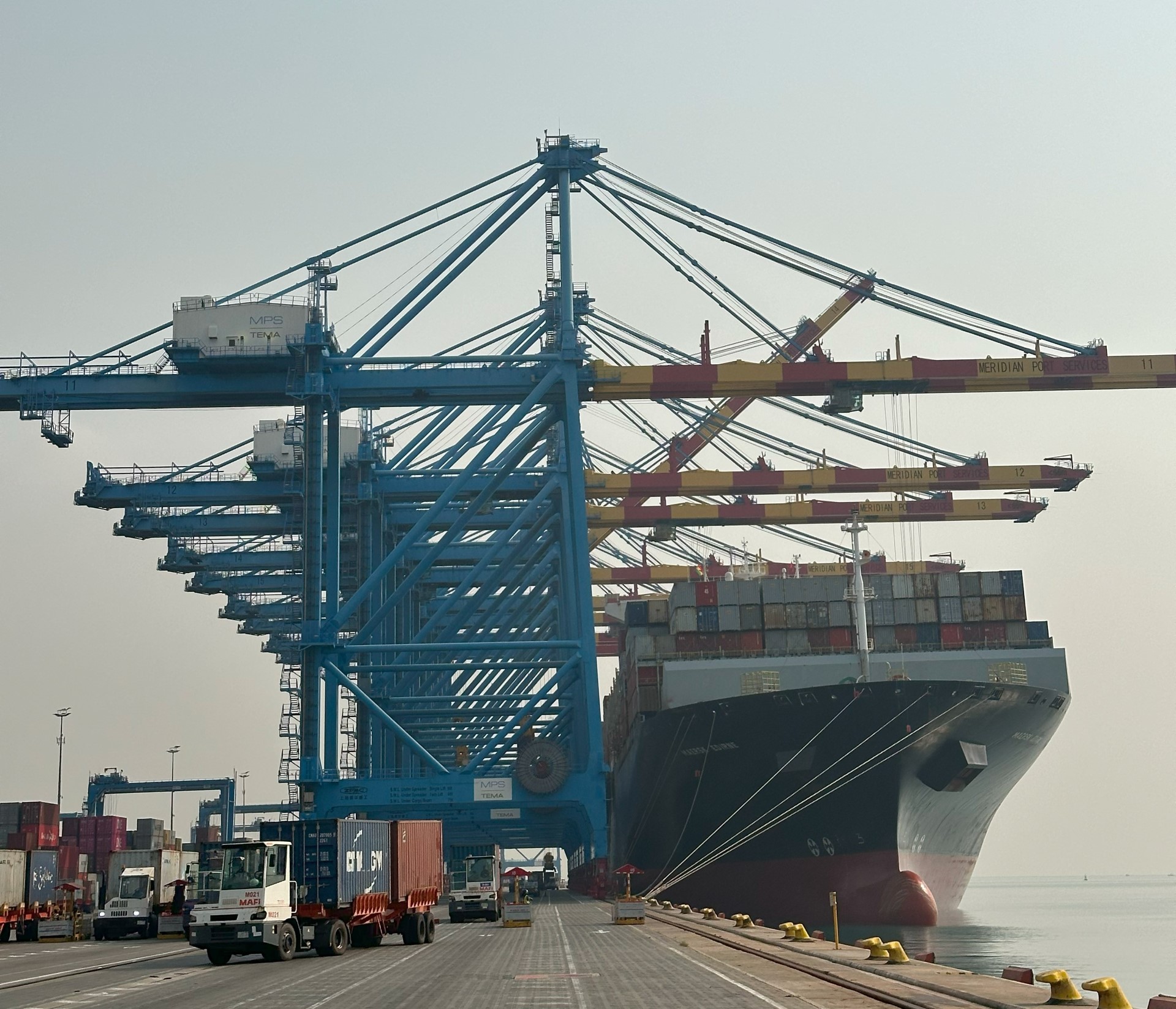
The new terminal 3 at the Kotota International Airport has set an example for all its African peers in infrastructure development and urbanisation.
"In fact, the Ghana Vision 2020 serves as a springboard for the country's development by envisioning it as the first African country, apart from South Africa, to become a developed country between 2020 and 2029, and to be a newly industrialised country between 2030 and 2039," Mauro Carneiro, CEO Thyssenkrupp Airport Solutions, said in a statement issued by the company yesterday.
He said: "In a defining gesture of the leadership's focus on enhancing the country's infrastructure, the Kotoka International Airport Terminal 3 marks a milestone with its facilities on par with the best in the world."
"Further strengthening the horizon of urban mobility and transport for the country, Terminal 3 has several impressive features that serve as a benchmark for similar developments in the region. At the heart of it are the advanced tech solutions, implemented through global companies such as Thyssenkrupp, which take passenger convenience and amenities to the next level of excellence and efficiency," he said.
Terminal 3 of Kotoka International Airport has five levels spread across an area of 48,268 sq. metres; a large retail area of 7,000 sq. metres, a Commercially Important Person (CIP) terminal, 707 car parking slots and an entirely new road network.
"It builds on the historical legacy of the Accra airport, which has been active since 1958 for commercial purposes with more than 2,294,689 passengers flying through the airport till date. The airport connects people to more than 30 destinations with major international carriers already operating service from the new terminal seamlessly. With the opening of Terminal 3, more than five million passengers are expected to travel through the airport every year," Mr. Carneiro said.
The airport, he said in the statement, was further expected to contribute to the growth of Ghana and Africa at large.
"The country is well-known for its diverse wildlife, old forts and secluded beaches and natural beauty, which make it a desirable destination for tourists. The opening of the new terminal has been appreciated by celebrities, the public and the media for raising the bar of urban mobility," he said.
On Thyssenkrupp's contribution to the airport's mobility, he said "a differentiating strength of the airport is the extensive use of advanced technology. Among the leading companies that have supported the airport's development is Thyssenkrupp, which has deployed technologically advanced passenger boarding bridges (PBBs), elevators and escalators, thereby, lending a new face to Ghana's urban mobility."
Thyssenkrupp, he said, had a strong foothold in Africa, adding that "in fact, has been involved in the mobility of the second terminal of Accra airport as well. Our contribution to Terminal 3 marks a continuation of our commitment to boosting mobility in the airport through advanced solutions that ensure passengers, airport operators and airlines experience the most efficient and stress-free arrivals and departures."
"With the International Air Transport Association (IATA), estimating that global passenger numbers are expected to double to 7.2 billion by 2035, Thyssenkrupp has been investing in digitalised, intelligent systems that can improve passenger flows, aircraft turnaround times, and gate safety and security," he said.
In sustaining and building a strong aviation industry, Mr. Carneiro said it was important that commuter experiences are given top priority
"This is where we come in to make the passenger experience unforgettable. We innovate tirelessly and invest continually to give passengers a seamless mobility experience in elevators, escalators and PBBs," he said.
Read Full Story

























Facebook
Twitter
Pinterest
Instagram
Google+
YouTube
LinkedIn
RSS